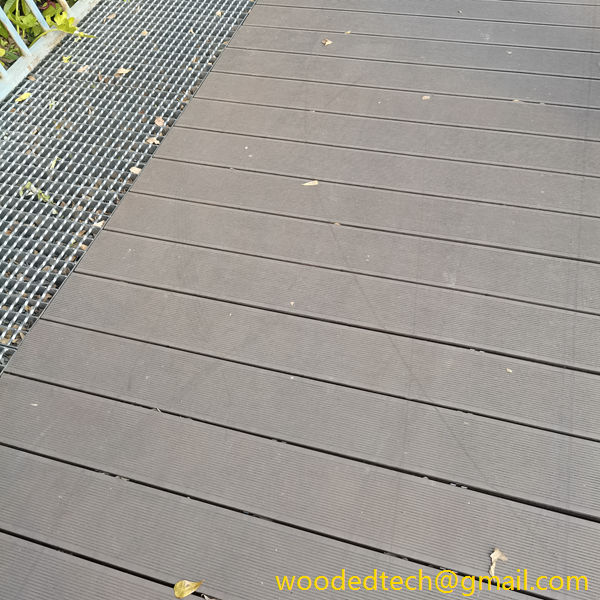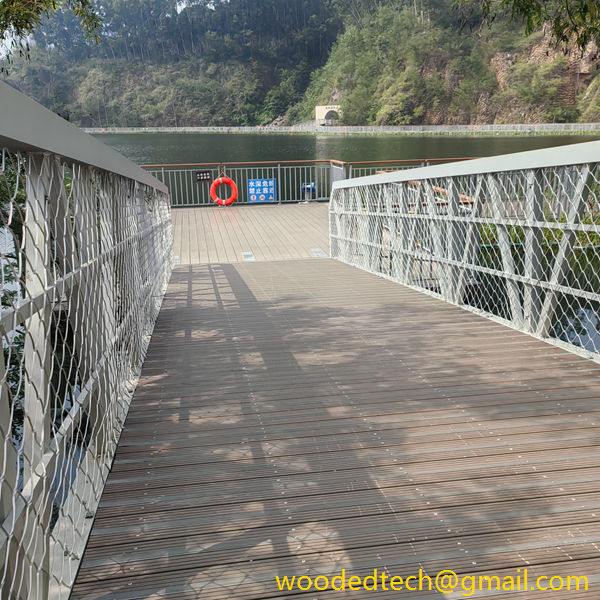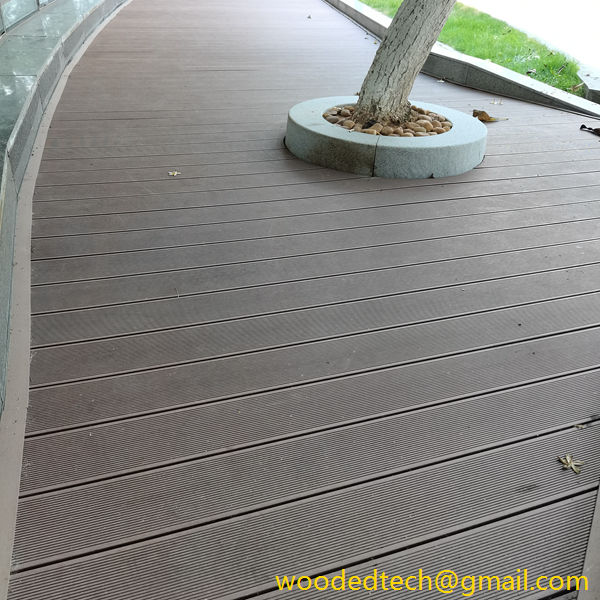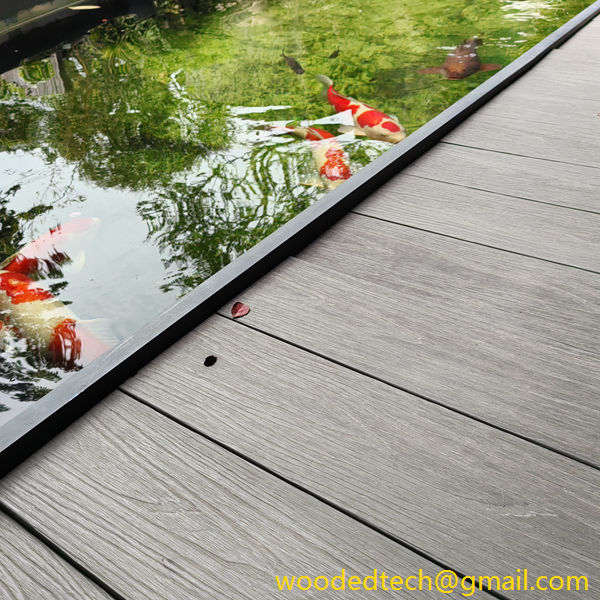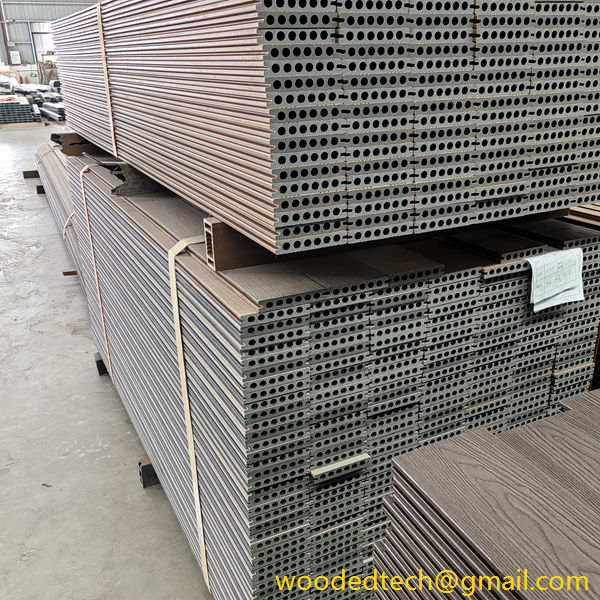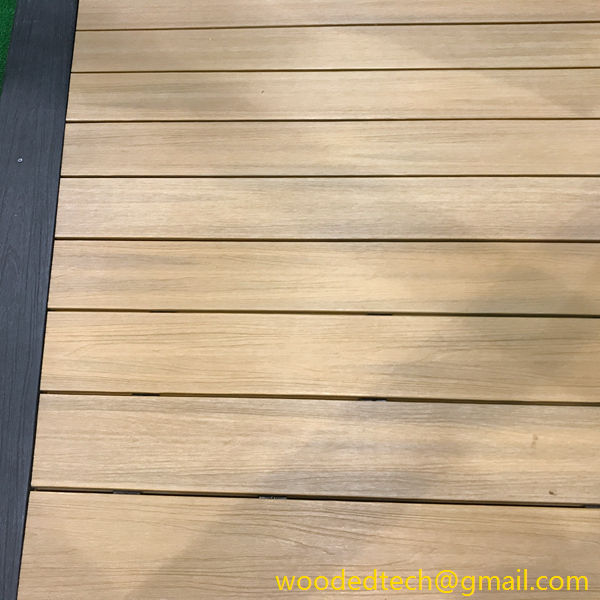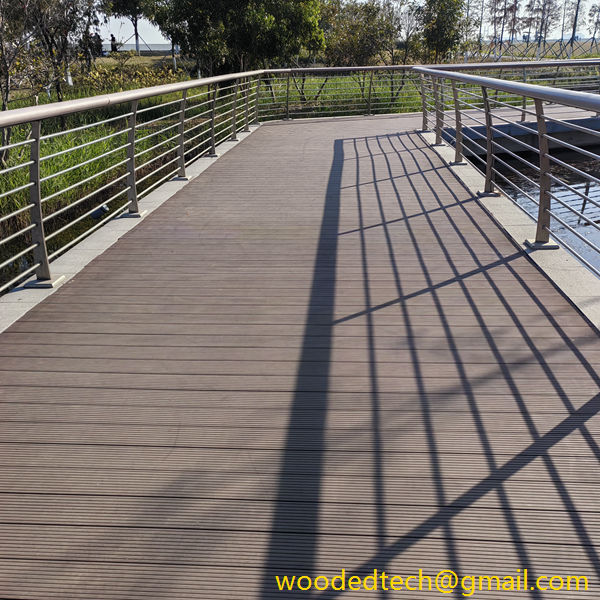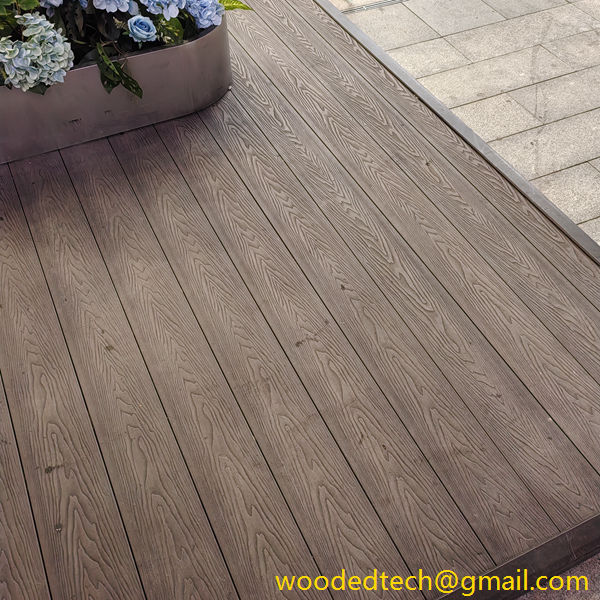Leading Wood Plastic Composite Decking Manufacturer: Quality and Innovation
Leading Wood Plastic Composite Decking Manufacturer: Quality and Innovation In recent years, the demand for environmentally friendly and sustainable building materials has surged, particularly in the decking market. Among the most notable innovations in this realm is Wood Plastic Composite (WPC) decking, a product that blends the natural beauty of wood with the durability of…
Leading Wood Plastic Composite Decking Manufacturer: Quality and Innovation
In recent years, the demand for environmentally friendly and sustainable building materials has surged, particularly in the decking market. Among the most notable innovations in this realm is Wood Plastic Composite (WPC) decking, a product that blends the natural beauty of wood with the durability of plastic. As a leading manufacturer of WPC decking, the focus on quality and innovation has been paramount, redefining the outdoor living experience while ensuring minimal maintenance in the later stages of product life.
WPC decking is produced from a combination of recycled wood fibers and plastic materials, making it an eco-friendly alternative to traditional wood decking. The production process not only minimizes waste but also promotes the use of sustainable resources. By utilizing recycled materials, manufacturers contribute to environmental conservation while providing consumers with a product that is both attractive and functional. The commitment to sustainability is a key aspect that distinguishes leading manufacturers in the industry.
Quality is a cornerstone of any successful product, and WPC decking is no exception. Leading manufacturers invest significantly in research and development to ensure their decking products meet the highest standards of performance and durability. The materials used in WPC decking are engineered to withstand the elements, resisting moisture, UV rays, and temperature fluctuations. This resilience translates into a longer lifespan for the product, reducing the need for frequent replacements or repairs, which ultimately benefits both the consumer and the environment.
One of the standout features of WPC decking is its low maintenance requirements. Unlike traditional wood decking, which often demands regular staining, sealing, or painting to maintain its appearance and integrity, WPC decking requires minimal care. A simple cleaning with soap and water is typically sufficient to keep it looking pristine. This ease of maintenance is particularly appealing to homeowners and commercial property owners alike, as it allows them to enjoy their outdoor spaces without the burden of constant upkeep.
Innovation plays a crucial role in the development of WPC decking. Leading manufacturers are continuously exploring new technologies and techniques to enhance their products. This includes advancements in material formulations that improve the strength, flexibility, and aesthetic appeal of the decking. For instance, some manufacturers have introduced advanced color technology that allows for a wider range of hues and finishes, mimicking the look of natural wood while providing the benefits of plastic. This innovation not only enhances the visual appeal of outdoor spaces but also allows consumers to achieve their desired design without compromising on performance.
Another area of innovation is the development of slip-resistant surfaces. Safety is a primary concern for many homeowners, especially in outdoor environments that may be exposed to moisture. By incorporating textured finishes and specialized coatings, leading manufacturers are able to produce WPC decking that significantly reduces the risk of slips and falls. This focus on safety, combined with the aesthetic advantages, positions WPC decking as a preferred choice for pools, patios, and other outdoor living areas.
In addition to safety and aesthetics, the environmental impact of products is becoming increasingly important to consumers. Leading WPC decking manufacturers prioritize sustainability throughout their operations. This includes not only the use of recycled materials in the product itself but also environmentally responsible manufacturing processes. Many companies are committed to reducing their carbon footprint by implementing energy-efficient practices and minimizing waste during production. As a result, consumers can feel confident that they are making a responsible choice when selecting WPC decking for their projects.
Furthermore, the versatility of WPC decking sets it apart from traditional materials. It can be used in a variety of applications, from residential patios and decks to commercial boardwalks and public spaces. The adaptability of WPC allows for creative design possibilities, enabling architects and builders to push the boundaries of outdoor aesthetics. Whether it’s a sleek modern design or a rustic retreat, WPC decking can complement a wide range of architectural styles.
The success of leading WPC decking manufacturers can also be attributed to their commitment to customer service. Providing support and guidance throughout the buying process is essential in building lasting relationships with consumers. From helping customers select the right product for their needs to offering installation advice, the emphasis on customer satisfaction is a driving force behind the industry’s growth.
In conclusion, the evolution of Wood Plastic Composite decking represents a significant advancement in outdoor construction materials. Leading manufacturers are setting the standard for quality and innovation, offering products that combine beauty, durability, and sustainability. With minimal maintenance requirements in the later stages of use, WPC decking provides an attractive and practical solution for anyone looking to enhance their outdoor living spaces. As the industry continues to evolve, the focus on eco-friendly practices and innovative technologies will undoubtedly drive further advancements, ensuring that WPC decking remains at the forefront of outdoor design for years to come.

